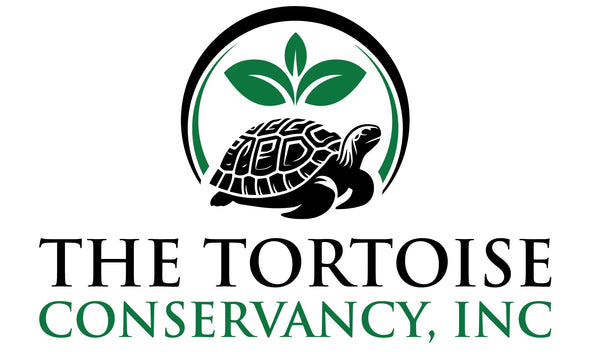
The Legal Framework Protecting Gopher Tortoise Recipient Sites
Share
Laws and regulations are vital for ensuring the long-term protection of gopher tortoise recipient sites. These legal frameworks provide clear guidelines for land use, habitat management, and species conservation, safeguarding critical ecosystems from threats like development, habitat fragmentation, and mismanagement. They also create accountability for conservation organizations, landowners, and developers, ensuring that conservation goals are met and upheld over time.
At the federal level, gopher tortoises are protected under the Endangered Species Act (ESA) in their western range, which prohibits activities that harm or harass these animals. While eastern populations are not federally listed, state-level protections ensure that their habitats are preserved. For example, Florida law classifies gopher tortoises as a threatened species and mandates permits for any activities that may impact their burrows, such as construction or land clearing.
Legal protections extend beyond the tortoises themselves to encompass their entire habitat. Conservation easements, for instance, are legal agreements that permanently limit land use to protect its ecological value. These easements prevent future development on recipient sites and ensure that the land remains dedicated to conservation. By working with landowners, conservation organizations can secure these agreements, often with financial incentives such as tax breaks or grants.
Another critical aspect of the legal framework is the regulation of gopher tortoise relocation. When tortoises are moved from areas threatened by development, permits ensure that they are relocated to approved recipient sites that meet strict ecological criteria. These sites must provide suitable soils, vegetation, and space to support healthy tortoise populations. The permitting process also requires detailed monitoring and reporting to track the success of relocation efforts and the well-being of the tortoises.
Additionally, the legal framework supports public involvement in conservation. Many laws and policies encourage citizen participation, whether through reporting violations, contributing to habitat restoration projects, or attending public hearings on land use decisions. This collaborative approach strengthens conservation efforts and fosters a sense of shared responsibility for protecting gopher tortoise habitats.
By enforcing these protections, the legal system creates a safety net for gopher tortoises and the ecosystems they support. These laws ensure that recipient sites remain havens for biodiversity, providing a stable foundation for ongoing conservation efforts.

Featured Species: Spotted Skunk
The spotted skunk is a nocturnal mammal known for its striking black-and-white pattern and unique defensive behavior, which involves performing a handstand before spraying potential predators. These agile creatures are closely tied to gopher tortoise habitats, often using burrows for shelter and protection from predators. By day, they rest in the cool, stable environment of the burrows, emerging at night to forage for insects, small mammals, and fruits.
Spotted skunks play a crucial ecological role by helping to control populations of rodents and insects, which in turn prevents overgrazing and crop damage. Their presence in gopher tortoise habitats is a sign of a healthy ecosystem, as they require diverse food sources and stable shelter to thrive. Legal protections for recipient sites indirectly benefit spotted skunks, ensuring that their habitat needs are met alongside those of the tortoises.
Despite their ecological importance, spotted skunks face threats from habitat loss and human-wildlife conflict. Protecting gopher tortoise recipient sites contributes to the survival of these unique mammals, providing them with the resources they need to maintain their populations.
